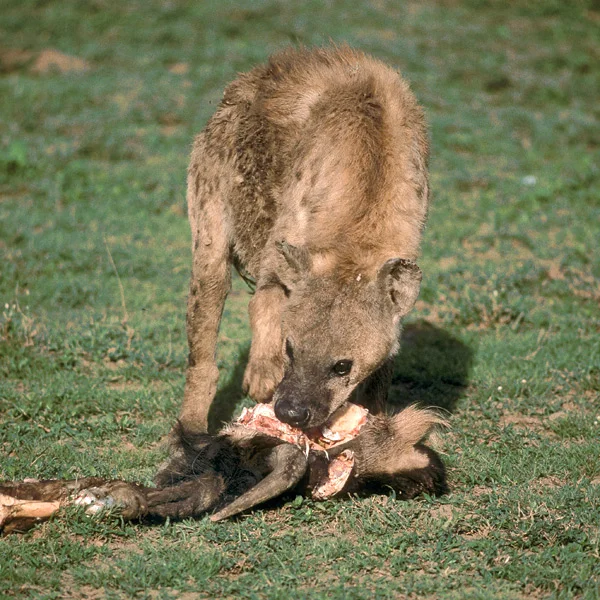Dja Faunal Reserve
Dja Faunal Reserve is a primates’ paradise, a 2,030-square-mile (5,260-km2) U.N. World Heritage Site and Biosphere Reserve almost completely surrounded by the Dja River, in some places by steep cliffs as well, in south-central Cameroon about 152 miles (243 km) southeast of Yaoundé.
At least 14 species, including western lowland gorillas, chimpanzees, and mandrill baboons with bright scarlet-and-blue faces—called the most colorful mammals in the world—populate this magnificent primary Congo rain forest where trees of over 40 species rise to form a canopy in some places 198 feet (60 m) high.
The list includes long-tailed moustached, white-nosed, and crowned guenons, teddy-bear like pottos, noisy, whooping troops of red-capped, white-cheeked, and agile mangabeys, handsome black-and-white colobus and talapoin monkeys, drills, Demidoff’s galagos, chimpanzees, and perhaps others as yet undiscovered in this dense reserve. Water-loving sitatungas splash through streams where they graze near striped bongos, largest of forest antelopes. Forest elephants browse well-traveled woodland paths. Near-sighted armored pangolins snuffle through leaf litter churned up by giant forest hogs. Leopards prey on both.
Pygmy villagers hunt using ancient ways and weapons.
Dja is one of the largest, densest, most diverse humid forests in Africa, threatened, however, by logging roads up to its boundaries, creating poaching access, and most ominously by proposals for an international road just to the south and a cement quarry inside the reserve to supply it. From these, this ecological treasure’s natural barriers of cliffs and river offer little protection.
Visitor facilities at least until recently were nonexistent. Warden’s office is in Messamena.
Click on image for description.
Visit Tripadvisor®
for lodging information about this Reserve
DJA FAUNAL RESERVE
WAZA NATIONAL PARK as well as...
Benoue National Park and Biosphere Reserve
Bouba Ndjida National Park
Faro National Park
Banyang Mbo Forest Reserve
Lobeke National park
Advertisement


